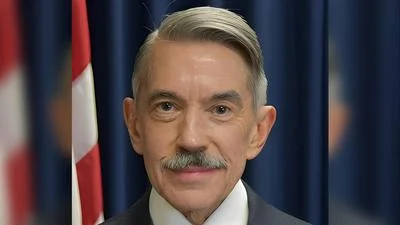Boston National Historical Park's recent study of inclusion and multiple perspectives through the George Wright Society's Park Break Program was created to address Superintendent Cassius Cash's challenge to create a 21st century visitor experience that is relevant to current and intended audiences. It is one thing to cast solid ideas on paper, but realizing them required steadfast work. For the past 18 months, staff examined interpretive programs, and created and piloted ways to shape more stimulating and impactful experiences for visitors to appreciate and understand the places and people that tell the stories of freedom. Cash urged staff, "to think differently and be creative in how we interpret and engage visitors - not only traditional users of the park, but also to the very diverse communities that we will aggressively engage through outreach."
The park invited Northeastern University graduate Sarah Hudson to share perspectives from a recent four-part speaker series that examined larger, more inclusive strategies and stories. No longer content to share only the stories of Revolutionary Boston's Founding Fathers, relevance and inclusion are now critical components, and key to reframing interpretive themes, and ultimately a comprehensive interpretive plan. Coincidentally, Hudson's article aligns with the National Park Service's April 2014 publication, Achieving Relevance in our Second Century, which challenges staff to "scale up innovation and inspire change." Action 1B-13, urges us to design and infuse multicultural, inclusive programs and products through current scholarly research, as well as contributions by audiences through inquiry and civic dialog in order to tell all American's stories.
Tags: relevancy diversity inclusion
Source: U.S. Department of the Interior, National Park Service






